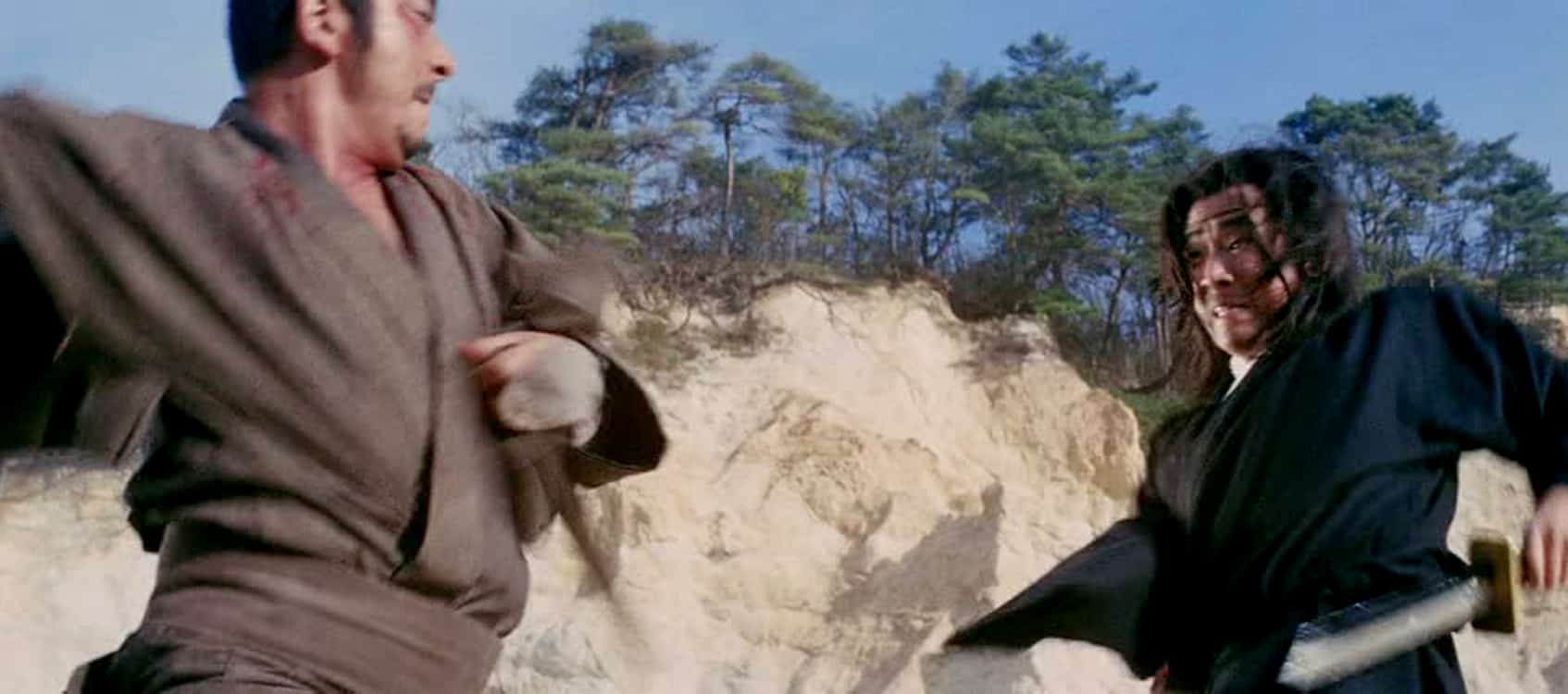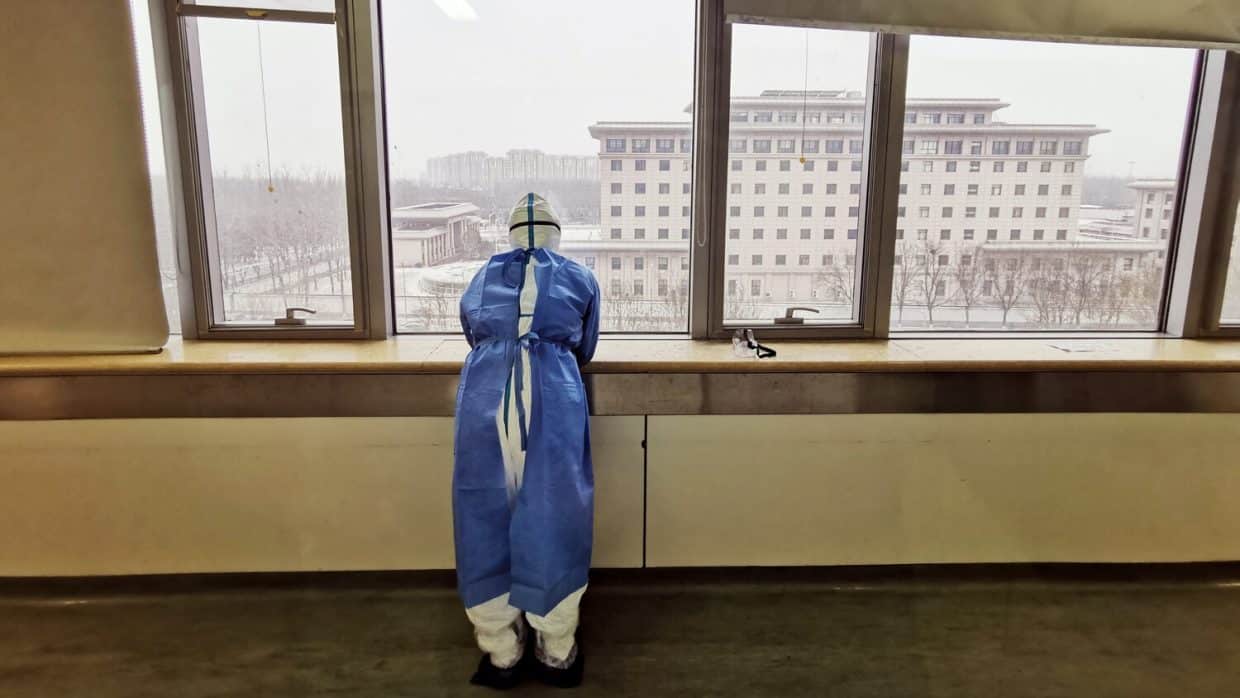The history of the Japanese pink industry is one of the most intriguing in the whole history of cinema, with the ways these rather cheap, barely passing censorship movies became one of the most integral parts of the declining local industry during the 70s, particularly in the way they allowed new voices to quickly ascend the hierarchy towards first directors, and for the money they earned, which supported a large number of companies and their employees. Kejiro Fujii records this path through history, through a narrative that is quite intriguing in its approach, apart from its context.

Quite fittingly, the movie begins with one of the most prestigious directors that began their careers from pinku films, Kiyoshi Kurosawa, with his experiences and path in the particular industry setting the tone for the rest of the documentary. The interviews continue with some of the pioneers of the genre, with Banmei Takahashi, Koji Wakamatsu and Masao Adachi, with the two of them being the one that introduced pinku to the international festival stage. Shin Toho's head of sales, Morin Okina, presents another aspect of the industry, the one revolving around exhibition, money-making, and overall management. At the same time, Yoshiyuki Hayashida, the man behind the Pink Awards, gives his insight about the path a number of filmmakers followed, along with the whole circumstances of the industry, from its beginning, to its apogee, to its current decline.
This last aspect becomes a central one in the documentary, with the majority of people talking about what led to its demise. Also of note is the presence of Yoshiyuki Yumi, one of the few female directors in the field, who actually started as an actress before she took her place behind the camera. Her insight also sheds light on the reasons female audiences were always scarce in the theatres that presented pinku movies.

Yutaka Ikejima, one of the most prolific actors and directors of the genre, also talks about the history of the genre through his experiences, while his “segment” also gets into the actual shooting, presenting props like the “dick on set” and the fake sperm they use, additionally highlighting the difference between pink and AV films, with the latter actually including real sex. Furthermore, his explanation about why so many Japanese men find appeal in scenes of rape emerges as pragmatist and quite shocking at the same time. Also of interest is the appearance of Yohta Kawase, who still continues in the field as an actor, despite the fact that he has made the jump to more conventional cinema a long time ago.
Apart from the plethora and quite extended interviews, however, Fujii has also included equally extended footage of some of the most iconic titles, with “Kandagawa Wars”, “Market of Flesh”, “Victimized Women”, “Sex Jack”, and “Rushing in Bed” being just a few. The most intriguing aspect of the presentation of the movie, however, are the extended footage of Mitsuru Meike shootig “Red Assault”, which sheds even more light on the actual circumstances and difficulties these endeavours present.
The editing of the film is also excellent, with the way the different kinds of footage are connected allowing the viewer to retain interest from the beginning to the end of the 118 minute film, while inducing it with a sense of speed that works quite well in terms of viewership.
“Pink Ribbon” is an excellent documentary, which works quite well as an introduction to this very unique genre, and also as a thorough look to its history and overall function.















